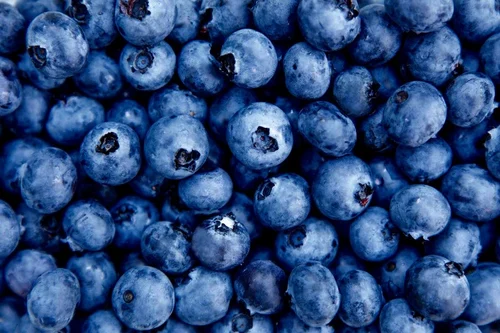Concerning food sources that both taste awesome and are ideal for your heart, it is difficult to pound the berry. Berries of all kinds contain a lot of cancer-preventing substances, which are substances in particular food sources that help fight cell damage.
According to Kathleen Johnson, M.A., R.D., L.D.N., a Johns Hopkins enlisted dietitian, “Cancer prevention agents work wherever in the body, including the heart.” They are best consumed in genuine, whole food varieties rather than supplements, particularly beautiful products of the soil.
Berries consider a piece of the most delightful and most adaptable wellsprings of these phytonutrients (plant-based substance compounds). Because the various kinds of berries have slightly different properties and amounts of these supplements, including them in your diet is ideal.
Johnson advises that because berries do contain sugar, you should eat them moderately. New or frozen is better contrasted with dry,” he adds. ” Dried berries contain more sugar and only 20% as many phytonutrients.”
Blueberries
Even though blueberries have more sugar per cup than other berries (at 15 grams per cup, compared to 5 grams for raspberries), this easy-to-find berry is rich in a variety of phytonutrients. Blueberries can reduce the risk of erectile dysfunction in men. Eating blueberries and citrus may help men avoid sexual problems with Tadalista 20 and Tadalista 40.
Tips for buying and storing:
Buy them until they are frozen, between June and August when they are in season; The initial addition of some powdered L-ascorbic acid will significantly extend their freshness. Store new berries in the crisper piece of your cooler and don’t flush until you’re ready to use.
Eating tips:
“Eat the handled blueberry-seasoned snacks whole,” Johnson advises. Have a go at adding an unassuming pack to a smoothie for charm.
Blackberries,
According to Johnson, “are somewhat underplayed and overlooked.” They’re moreover among the berries most vital in malignant growth avoidance specialists and fiber, and they have been less evolved than blueberries, meaning what we eat today is closer to the regular item that once existed in nature.
Buying and accumulating tips:
Blackberries, like most berries, only appear occasionally in the spring and summer. They can be eaten within a few days if they are kept in the refrigerator but not the crisper.
Eating tips:
Look for the loganberry, boysenberry, and marionberry, members of the Blackberry family, at rancher markets. You can also buy these berries frozen and thaw them in the microwave before adding them to cereal or yogurt.
Strawberries
Their brilliant red color makes it easier to “eat the rainbow,” which is a simple way to make sure you get a wide range of vitamins and minerals.
Tips for buying and storing:
Since strawberries rank No. Johnson recommends switching to organic foods on number four of the Natural Working Gathering’s “Flushy Dozen” list of foods that contain a lot of pesticides.
She makes sense of the fact that washing berries are ineffective because the pesticide remains in the dirt and enters the actual fruit, which also lacks protective skin. Look for berries that are red all over — not white — as they have more malignant growth counteraction specialists and better taste.
Other Mind-boggling Berry Choices
Raspberries:
For berries with such low sugar content, these natural top picks have a shockingly sweet flavor (5 grams per cup).
Cranberries:
Many women are aware that they protect against urinary tract infections; Additionally, they are the berries with the lowest sugar content (4 grams per cup). Instead of drinking them as a juice, which contains all of the sugar (and frequently more), no fiber, and a small amount of phytonutrients, consume them whole.
Stunning berries:
Their yellow-gold assortment infers they contain a to some degree remarkable enhancement pack, Johnson says — and they make a berry salad look great!








